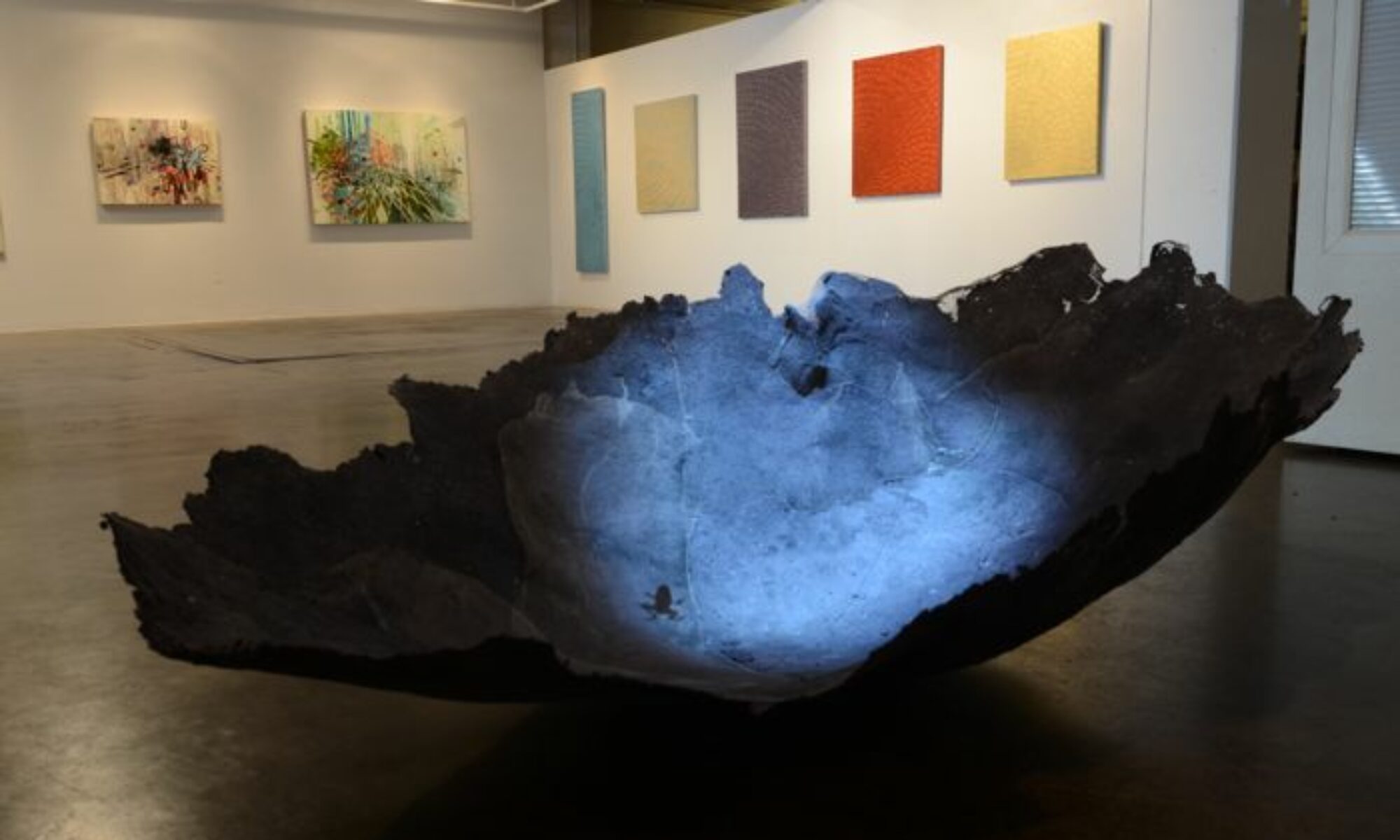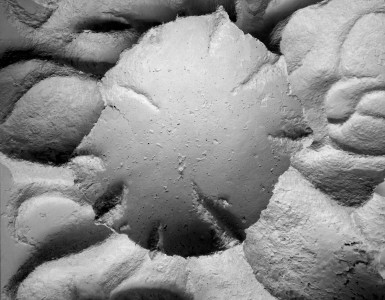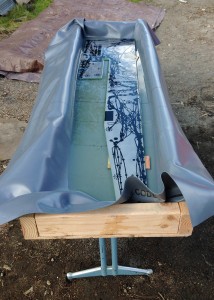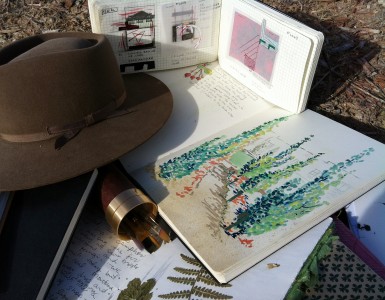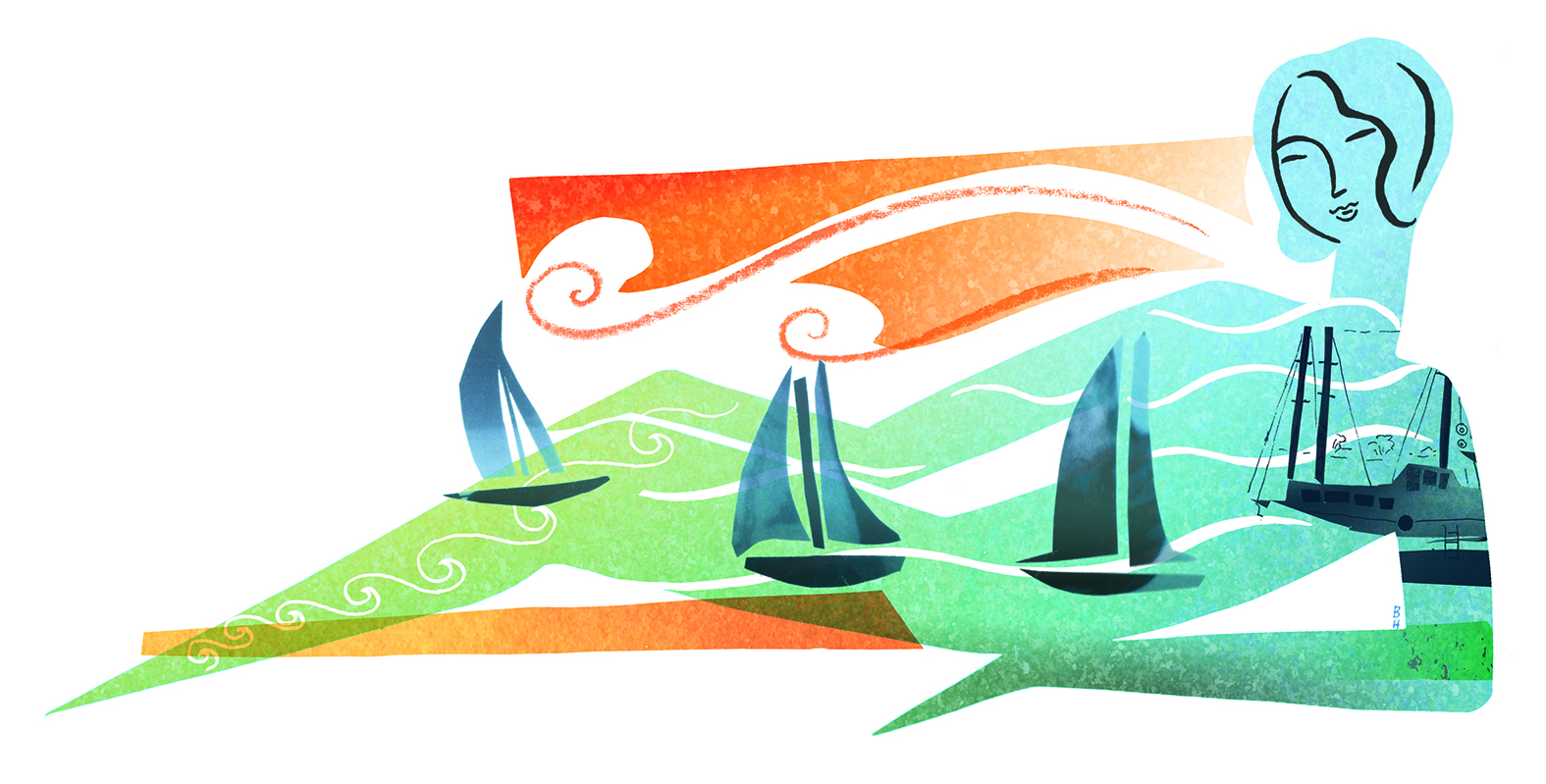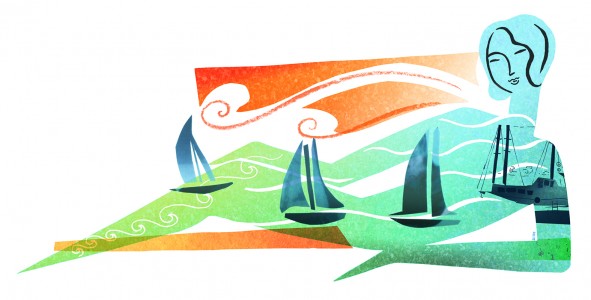Paper presentation, “Illustration and Design Thinking Methods in Landscape,” paper session, October 20-23, 2021, Design Communications Association (DCA), Perception to Execution, International Design Conference.
Spatial Models, Center for Faculty Development
One Three Dimensional Chair Process
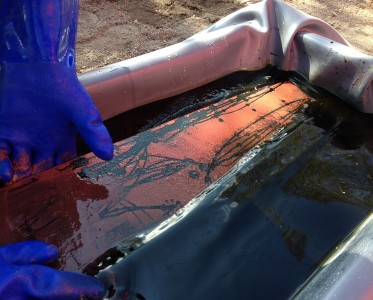
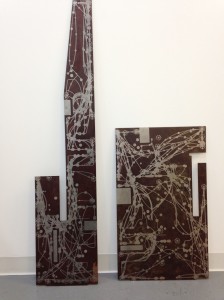 -In the field, I have been designing, constructing and finishing a metal sculpture, a new body of work. The work is collaboration in both concept and form.
-In the field, I have been designing, constructing and finishing a metal sculpture, a new body of work. The work is collaboration in both concept and form.
An augmented sculpture by Becky Heavner and Bryan Leister. One Three Dimensional Chair is both real and virtual, the steel sculpture and printed pattern is an abstract exploration of form. These patterns trigger an image of a virtual chair on a mobile device or tablet when the iOS or Android application below is installed. When the pattern is recognized by the application, a ‘real’ chair will appear in context to the space and can be interacted with.
Like Kosuth, we question the representation of things. The chair is an object, a description of properties and an instance of the object. In code, the chair is a collection of deconstructed one-dimensional parts as it is in reality. The internal logic of the form is mapped on the form itself. The patterns are tracings by virtual entities or agents who travel around the form, leaving a record of their path. The viewing device uses this record to display a form to the viewer that can be further manipulated and augmented with virtual living beings.
Plein Air: Animated Field Books Class Development
Light Protoypes
On my design table are two interesting spatial design projects commissioned by a restaurant in Boulder, Colorado. These concepts fit within an overall experiential design strategy and a narrative built around the concept of road trip, the Texas traveler and a rat rod theme. The steering column is a photo collage concept and and the oil filter light is in the prototype design phase. Both concepts are in various stages of design and have a number of prototypes associated with them.
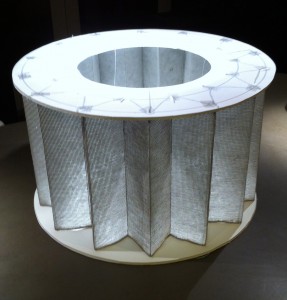
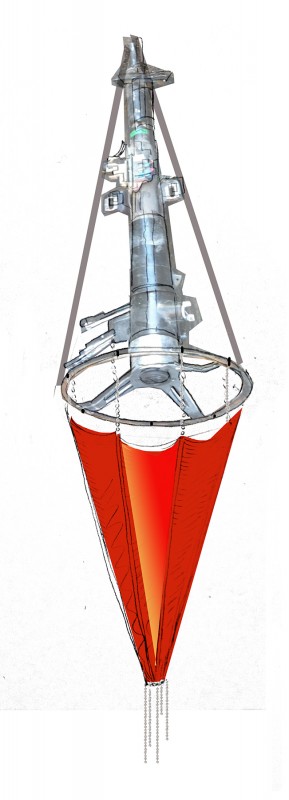
Influence
Often we unknowingly influence others by our mere presence, by what we do–or the strength of words. A few days ago, I sat in a university workshop listening to a retired lawyer share ideas about critical discussion. “In the classroom,” he said, “we rarely teach students how to listen. People believe conversation is about sharing this and that. One person says one thing, and then another person says something else.” He explained how he teaches his students to listen, and build upon what is said by first addressing the previous comment. And then, when some sort of conclusion has been made, the students are allowed to move on and change the subject. His words stuck in my mind and I thought of the importance of this statement.
Later I was listening to a neighbor explain a message he has shared for 40 years with his team. His words held power over my attention. He said, “Make a science of what you do, and then make an art of presenting it.” As I marveled in the beauty of this statement and all that it could mean, he explained how he deconstructs conversation into potential options and identifies which options are an opportunity to influence a specific outcome. He asked me, “Whose responsibility is it to make sure ideas are understood? Is it the person telling–or the person listening?” I said it was both. He disagreed and said it was the responsibility of the person telling to make sure ideas are understood in the way they are intended.
authentic place
I love to find three articles in the Sunday New York Times, and juxtapose one against the other. On Sunday December 2, 2012, I found three articles about three people that situated my mind into a particular place. In the Arts section, actor Bill Murray spoke to a writer about his unpremeditated career. Thinking about who he is-or who he could be in a film he said, “I wouldn’t have cast myself.” Bill Murray and his identity intrigues me. I have been thinking about what it means to be authentic, without external pressures. What does it mean to describe, analyze, synthesize and render an authentic experience in life…in landscape?
I was surprised to learn about Agnes Denes, an artist with “more to say” beyond the confines of a canvas. An identity might not be contained. Many people attribute her to be the one to create “the first ecologically conscious earthwork, “Rice/ Tree/Burial, a performance piece that involved planting rice seeds in a field in upstate New York, chaining surrounding trees and burying a time capsule filled with copies of her haiku.” She is a living example of an identity unfolding. She changed her life to wake up each morning, roll out of bed to make art in the space that she lives. As her gallery agent, described, “It’s difficult to get your head around all the things she’s done,” Ms. Tonkonow added. “I do honestly think that’s why she hasn’t been a household name.” Has her identity become unexpected, uncategorized like Murray?
Artist Karen Rosenberg’s work in this section is an unfolding story, a spatial kinetic sculpture with people and movements designed “to rustle a giant piece of fabric.” Set apart from this is “a writer scribbling response.” It is literally a deconstructed story, conceptually occupying space and time so it can be comprehended.This is a smaller story than the other two and perhaps less important today.
Person-Centered Care
Phoenix: A Constructed Story
A city’s story is constructed much like DNA. Each DNA strand is unique and contributes particular notions regarding identity-a person or a place. New York Times writer, Fernanda Santos raises the question, “How do you continue to tell a city’s story if the remnants of its past have all come down?” It is possible to tell a story if the remnants of a city’s past have been removed. The removal of buildings is a edited story. It takes both a short view and long view of design. What stays and what is removed tells a story of “what is valued” now. Both the old and new tell a story about the experience of place. What is new today will be the old one day. Phoenix is in the process of a story burn-but is it a controlled burn? Are its historical roots being supported with the right kind of new growth and conditions? Design is not just a drawing on paper. It occurs subtly on many levels. People who take a stance on social policy and the workings of foundations are in a sense architects and builders. 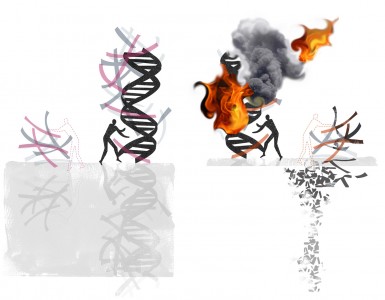
Core Beliefs
Flexibility is a good quality for a designer to have. A designer must be willing to crumble up the trace paper and start all over without regret. An open mind is flexible. However, a flexible designer is continually tested in practice. New ideas and suggestions should be auditioned. They are not always worthy of the part.
What is fitting for the experience of place or design? The designer must look to core beliefs and then find flexibility, to test the edge of their limits.
Core Beliefs:
1. State the problem.
2. Conduct primary research.
3. Observe people and the place in situ.
4. How do preferred design situations, factors, forces address the problem?
